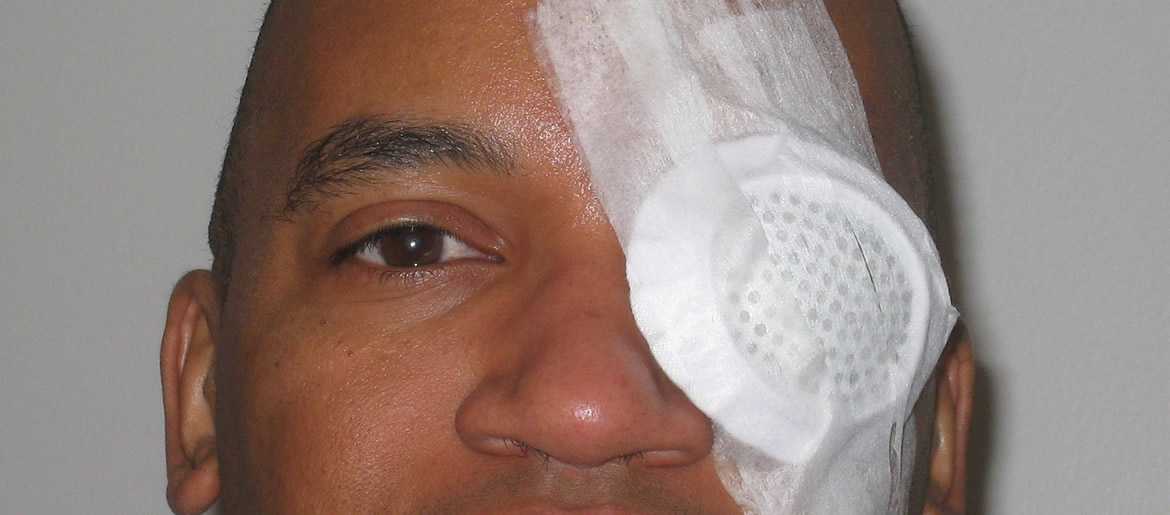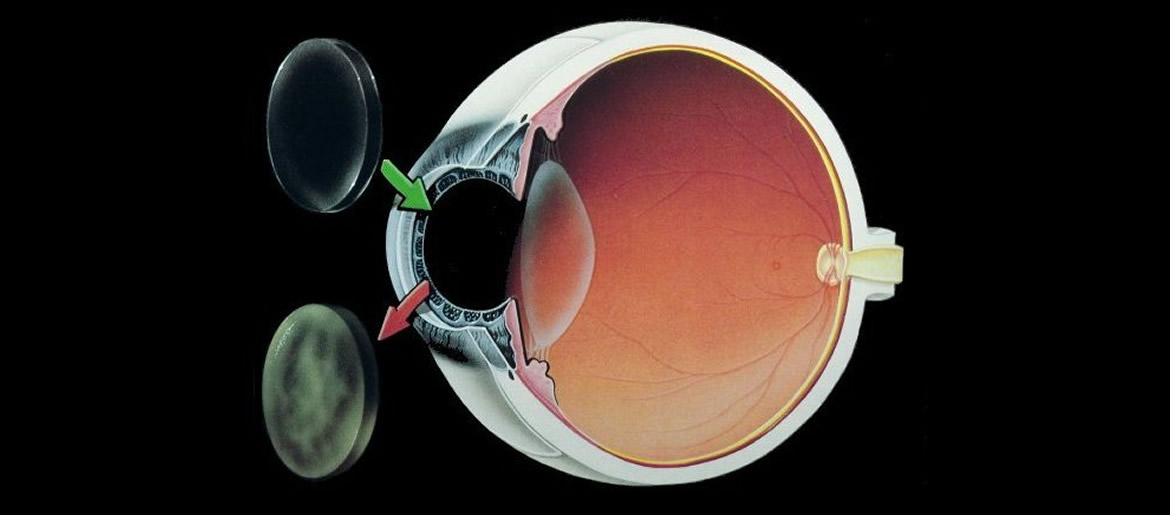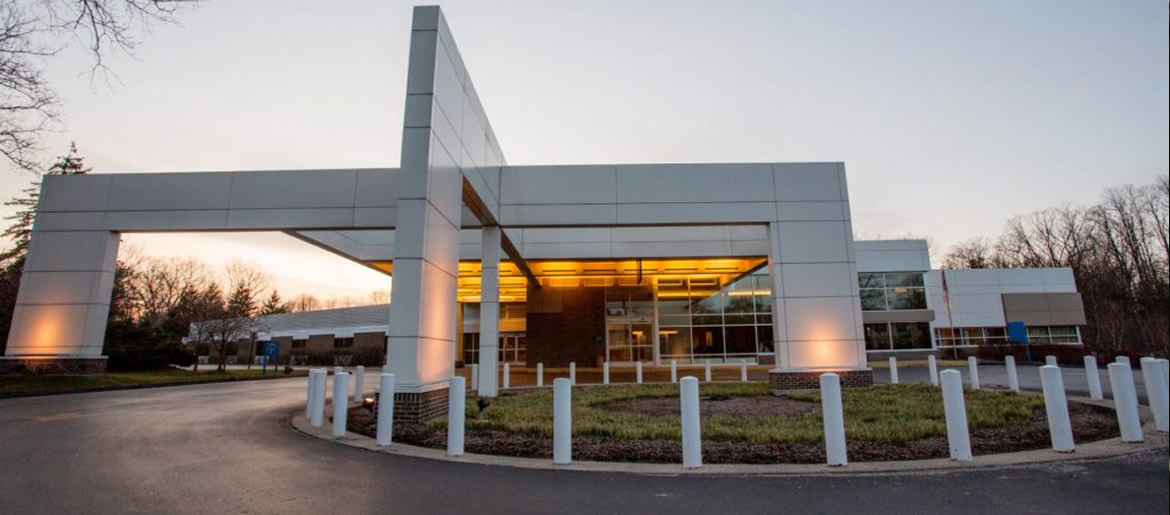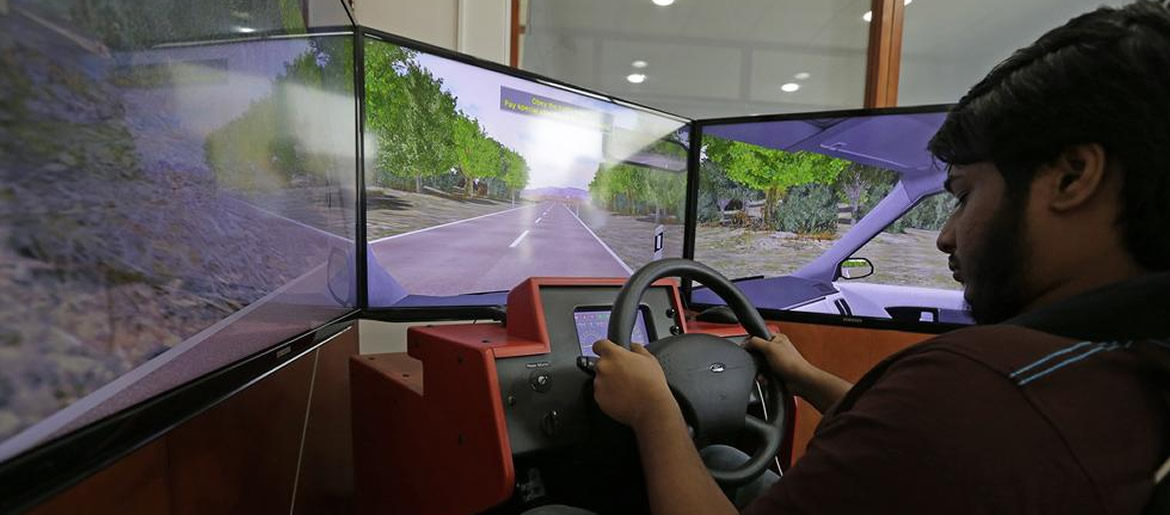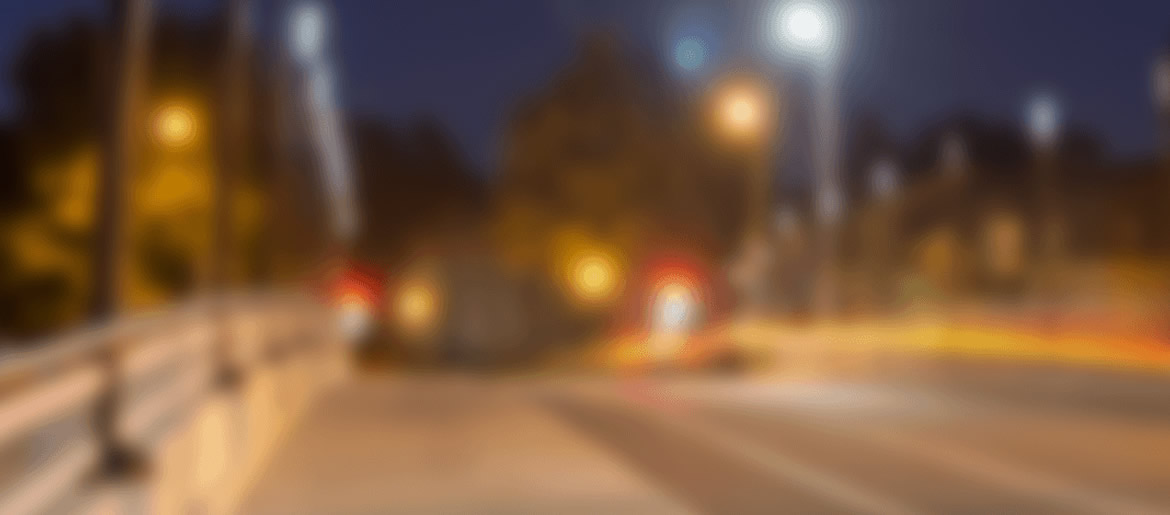The second day after surgery has been a lot better than the first. Yesterday I tried to get by just wearing my glasses, but toward the end of the day…
I had my post-operative appointment the morning after my surgery. When my bandage was removed, my eye was gooey from the ointment and tears. I could tell immediately that my…
According to the doctor the surgery was a success. I arrived at the hospital in time. It only took a few minutes for me to get checked in, and about…
Today is the big day. I slept well, surprisingly. The hardest part for me this morning is not being able to eat anything. I will be heading to the hospital…
Tomorrow I start taking the Vigamox drops. These are antibacterial drops, I assume to clear up any possible infections. Today the family and I attended the North American International Auto…
My story began when I was in elementary school. I was diagnosed as being nearsighted and started wearing glasses in the third or fourth grade. I tried soft contact lenses…



